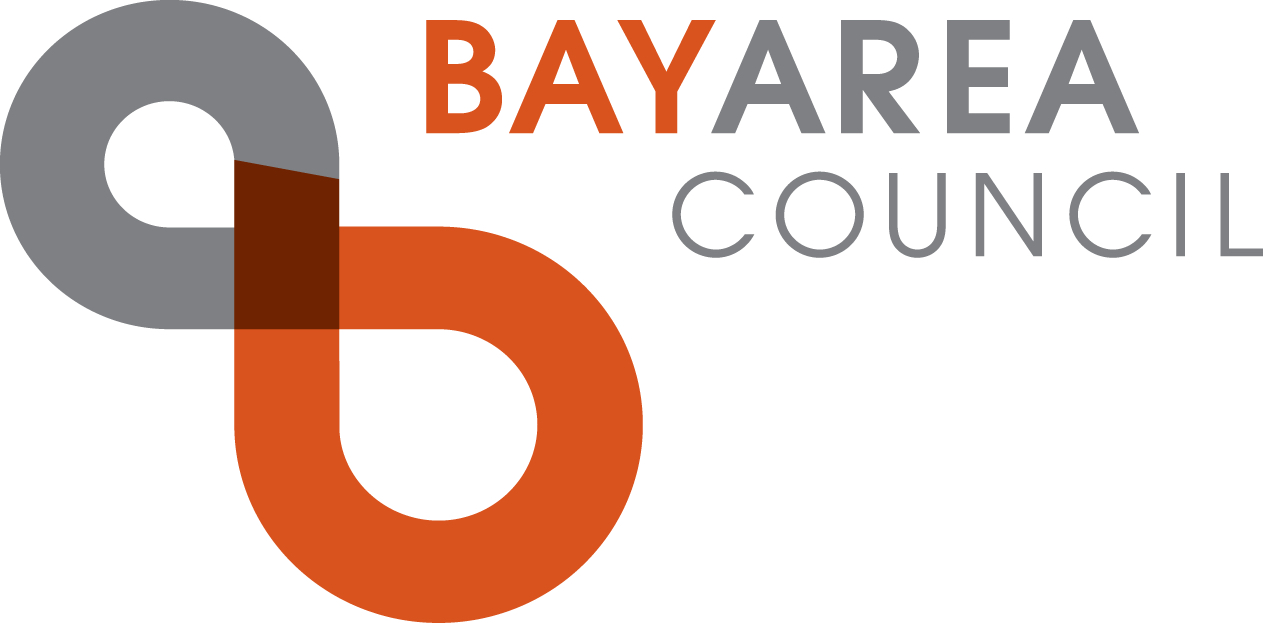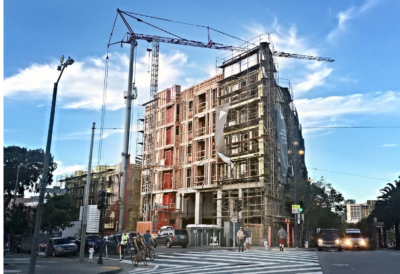New Study: Addressing Racial Wage Gap Would Add $55 Billion to Bay Area Economy
Study Comes as Debate Heats Up Nationally over Diversity, Equity and Inclusion Efforts by Public and Private Institutions
With debate heating up nationally over diversity, equity and inclusion (DEI) policies to address historic racial inequities in hiring, pay and other factors, a first-of-its-kind study by the Bay Area Council Economic Institute highlights the huge economic opportunity of addressing racial inequity in the Bay Area and closing what amounts to a massive wage gap.
The study finds that achieving wage equity among racial groups would inject $55 billion annually into the Bay Area economy, an amount that reflects the gap between what white workers make annually and what people of color of the same ages and education levels earn for doing the same jobs. Individually, closing the gap would increase the incomes of people of color by an average of $23,000 annually.
“Money talks, and what it’s telling us loud and clear is that assuring that wages are equitable across all races and colors will produce huge economic benefits for the Bay Area, all the while creating opportunity and blunting the costly impacts of poverty,” said Jim Wunderman, President and CEO of the Bay Area Council.
Among job types, wage inequities are most pronounced in the Bay Area’s sprawling tech sector. Software developers of color accounted for $13.5 billion of the overall wage gap, the study found, or almost $65,000 per worker. The study ranked the 20 job categories that contribute most to the region’s racial wage gap, with general management positions, financial and professional services, and real estate brokers and sales agents all near the top.
The pandemic only worsened the racial wage gap, according to the report, increasing it by $3.4 billion from 2019-2022, with Hispanic/Latinx workers as a group bearing the biggest brunt of the increase. Black workers, who comprise a smaller portion of the overall worker population, experience the largest per capita wage gap, with earnings of $30,000 less than their white counterparts. Wages for the region’s Asian/Pacific Island population are on par with white residents, both with median annual incomes of $90,000, while the median incomes for Black, American Indian and Hispanic/Latinx residents sit at $43,200, $40,000, and $35,400, respectively.
To address economic inequity, the report outlines a series of public and private sector strategies, including:
- Creating wealth-building accounts or so-called “baby bonds” for newborns
- Promoting greater wage transparency among employers
- Improving access to educational resources and business and entrepreneur-building investments
- Strengthening educational and career pathways for diverse communities, specifically through apprenticeships and better aligning curriculum with employer needs
- Creating a regional “racial equity index” for employers to track their progress against a variety of factors, including pay, hiring and promotions, among others
- Creating an equity-focused community investment fund to provide capital to diverse entrepreneurs, business owners and other investors
- Improving access to mortgages, including using the Bay Area Housing Finance Authority to provide financing assistance to first-time homebuyers
The report was produced with financial support from Ernst & Young LLP (EY US), with additional support from Alaska Airlines, KPMG and LinkedIn.
“EY US remains steadfast in our commitment to creating long-term value for our clients and living our purpose of building a better working world,” said Phillip Mazzie, Managing Partner of EY’s San Francisco Office and a member of the Bay Area Council’s Executive Committee. “With DEI among our core values, we believe that a better working world is one that is fair to all people. We helped fund this research initiative because we believe strongly in addressing the impact of inequalities and injustice and push for progress within EY and beyond.”
Making the findings more striking is the contrast between wage inequity and the Bay Area’s overall racial diversity, with people of color accounting for 64 percent of the population and highlighting that diversity does not always equal inclusion. The region’s white population has declined slowly since the 1980s, while Hispanic/Latinx and Asian and Pacific Islander populations have accounted for much of the region’s modest overall growth. The Bay Area Black population has also declined, by 80,000 since 1990, largely the result of the high cost of living and lack of affordable housing options.
Adding to the picture of the Bay Area’s economic inequity, the report finds that the poverty rate for Black residents is triple that for white residents, and for Hispanic/Latinx residents, three times that of white residents — even though the Bay Area’s overall poverty rate is lower than that of California. And within the areas of highest concentrated poverty, defined as neighborhoods with poverty rates of 30% and higher, people of color make up 80 percent of the population. Not a single high-poverty area in the entire Bay Area is majority white.
Indeed, the report explored the significant inequities in home ownership and financing, key measures of prosperity and economic well-being. In the Bay Area, 65 percent of white households and 62 percent of Asian households own their homes, while just 42 percent of Hispanic/Latinx households and 35 percent of Black households can claim home ownership. The gaps get worse the lower down the income scale you go.
Gaps in educational attainment, according to the study, are closely correlated with employment, wage and economic equity. White and Asian residents are more than twice as likely to hold a bachelor’s degree or higher as Hispanic/Latinx and Black residents. And Hispanic/Latinx, Black and Native American residents in the Bay Area are much less likely than their white and Asian counterparts to meet college readiness requirements.
While improving educational opportunities, access and outcomes is a key strategy for addressing the Bay Area’s racial inequities across the economy, the report finds it will take numerous strategies to break down biases—both conscious and unconscious—and to fundamentally restructure how economic decisions are made.
Perhaps even more importantly, the report finds that unlocking “the economic potential of achieving racial equity, the Bay Area’s policymakers, businesses, nonprofit institutions, community groups, and other critical stakeholders must become not only a voice for change, but the actors of change.
“To truly bridge the deeply entrenched divides,” the report observes, “will require new policies, new investments, and new strategies. Most importantly, it requires racial equity to rise to the forefront of decisions made by business and government.”




